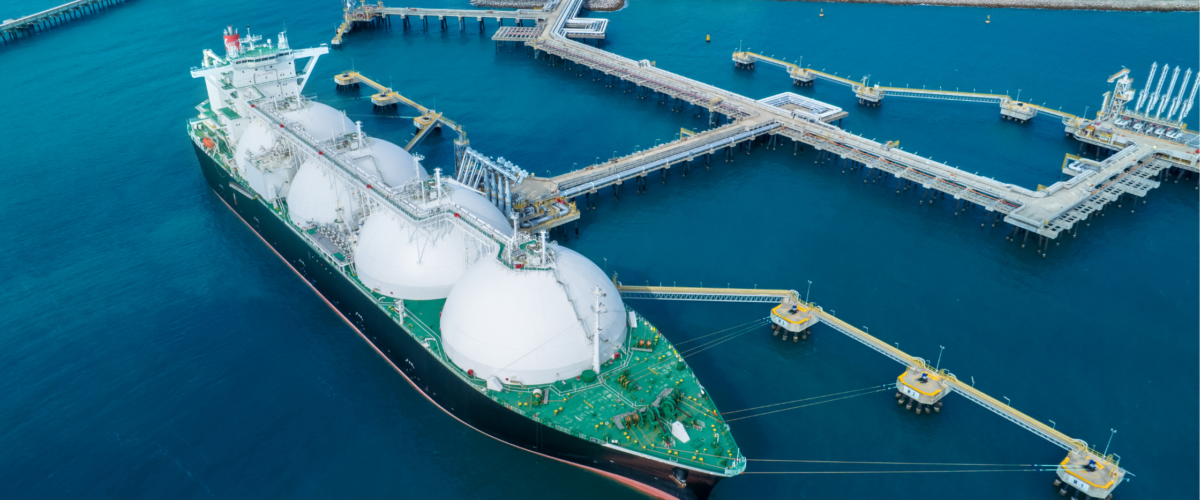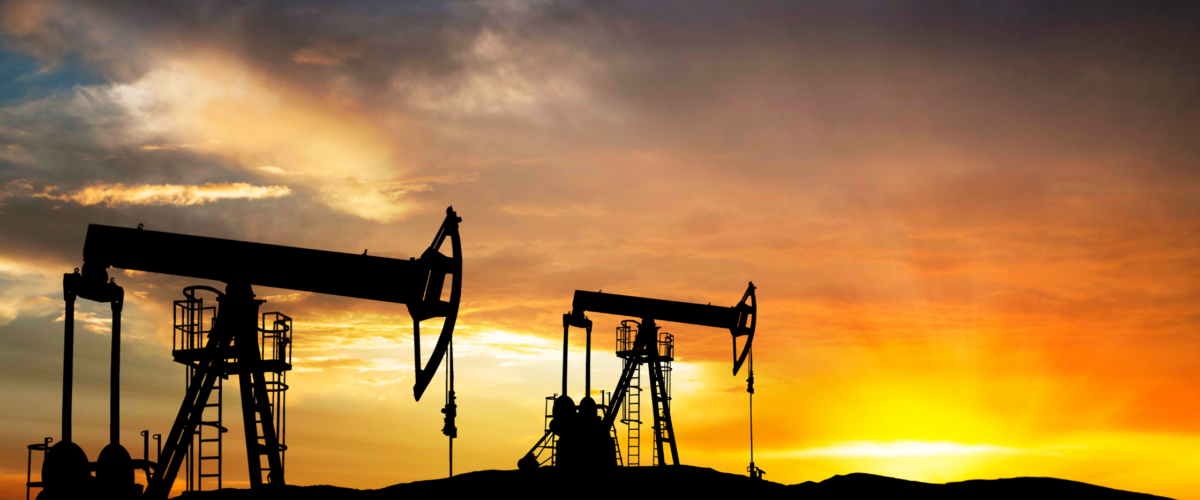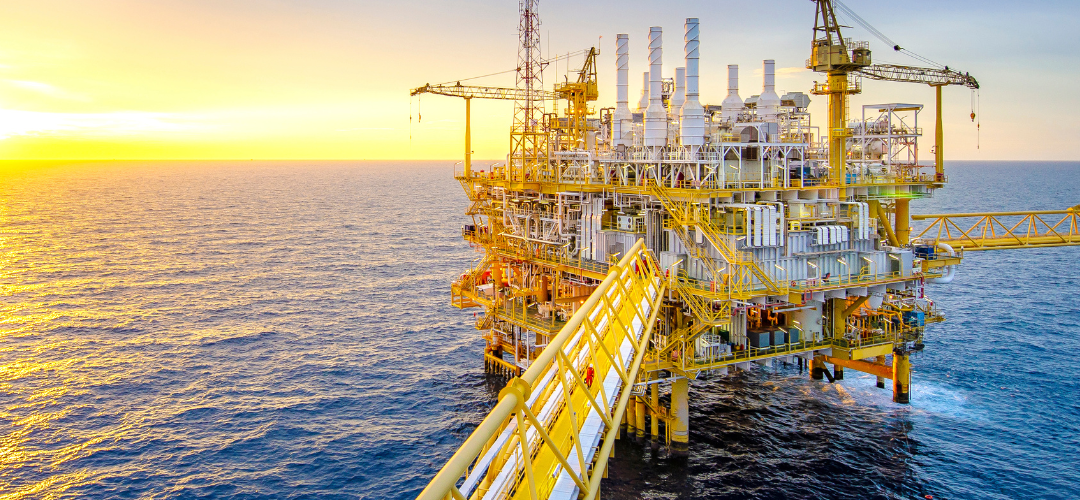The petroleum industry has long been a cornerstone of the global economy, supplying energy that fuels everything from transportation to manufacturing. However, it also remains one of the largest contributors to greenhouse gas emissions, driving the need for significant changes in how energy is produced and consumed. As climate change becomes an increasingly urgent global issue, the push for more sustainable practices has reached every corner of the energy sector — including petroleum operations.
In recent years, there has been growing recognition that petroleum companies must not only focus on reducing emissions from their products but also improve the environmental performance of their operations. One promising way to achieve this is through the adoption of “green equipment.” By investing in and deploying innovative technologies that reduce the carbon footprint of exploration, extraction, refining, and transportation, the petroleum industry can play a key role in mitigating climate change while continuing to meet the world’s energy needs.
What Is Green Equipment?
“Green equipment” refers to machinery, tools, and technologies that are designed with energy efficiency, emissions reductions, and environmental sustainability in mind. These include equipment that minimizes energy consumption, reduces waste and emissions, or enhances the overall environmental performance of oil and gas operations.
For petroleum companies, the shift to green equipment is part of a broader strategy to address climate goals, improve efficiency, and lower operational costs. The integration of clean technologies can help reduce the environmental impact of oil and gas operations at every stage of the supply chain — from upstream exploration to downstream processing.
Key Green Equipment Technologies in Petroleum Operations
Several green equipment technologies are already making a significant difference in petroleum operations. Some of the most prominent include:
1. Electric Drilling Rigs
Traditional drilling rigs typically rely on diesel-powered generators to operate, leading to substantial CO2 emissions. Electric drilling rigs, on the other hand, use electricity from cleaner sources, reducing the carbon footprint of drilling operations. These rigs are more energy-efficient and, when paired with renewable energy sources such as wind or solar power, can drastically reduce emissions.
Electric rigs also come with operational benefits such as reduced noise and a lower risk of fuel spills, making them an ideal option for environmentally sensitive areas. By reducing reliance on diesel and enhancing the overall efficiency of the drilling process, electric rigs are one of the key green equipment innovations helping to reduce the carbon footprint of the petroleum industry.
2. Carbon Capture, Utilization, and Storage (CCUS)
Carbon capture, utilization, and storage (CCUS) technologies are among the most promising tools to reduce CO2 emissions in petroleum operations. These systems capture CO2 emissions from industrial processes, compress them, and either use them in other applications (such as enhanced oil recovery or production of chemicals) or store them underground in geological formations.
For petroleum companies, CCUS can be integrated into both upstream and downstream operations. For example, during oil extraction, CO2 can be captured and stored to prevent its release into the atmosphere. The technology can also be employed at refineries, where large amounts of CO2 are produced during the processing of crude oil.
By incorporating CCUS technologies, petroleum operators can significantly cut emissions while continuing to produce the energy that the world relies on.
3. Energy-Efficient Pumps and Compressors
Pumps and compressors are vital components of petroleum operations, from oil extraction to transportation. However, these machines can consume large amounts of energy and contribute to emissions. Energy-efficient pumps and compressors, which are designed to consume less power while maintaining or improving performance, are increasingly being adopted in the industry.
These energy-efficient alternatives are often paired with variable-speed drives (VSDs), which adjust the speed of the equipment based on demand. This reduces unnecessary energy consumption during low-demand periods, ultimately lowering operational costs and reducing the carbon footprint.
Additionally, the integration of advanced monitoring systems that track equipment performance and energy use allows operators to optimize their equipment for greater efficiency, further minimizing environmental impact.
4. Hydrogen-Powered Equipment
Hydrogen is emerging as a potential clean energy alternative in the petroleum industry. Hydrogen-powered equipment, such as trucks, forklifts, and other machinery, can reduce reliance on fossil fuels and help lower emissions in oil and gas operations. When hydrogen is used as a fuel source, it produces only water vapor as a byproduct, making it a zero-emissions option for petroleum operations.
Although hydrogen-powered equipment is still in the early stages of adoption, its potential for decarbonizing petroleum operations is significant. As hydrogen production technologies evolve and become more cost-effective, we can expect to see greater integration of hydrogen-powered solutions across the oil and gas industry.
5. Waste Heat Recovery Systems
Oil and gas facilities, particularly refineries and petrochemical plants, produce large amounts of waste heat during their operations. Historically, this heat has been released into the environment, contributing to energy inefficiency. However, waste heat recovery systems capture this excess heat and convert it into usable energy, such as electricity or steam.
By harnessing waste heat, petroleum operators can reduce their overall energy consumption, lower fuel costs, and decrease emissions. These systems can be applied in various stages of oil and gas processing, from upstream extraction to downstream refining. The adoption of waste heat recovery systems can significantly improve the environmental performance of petroleum operations.
Benefits of Green Equipment in Petroleum Operations
The integration of green equipment into petroleum operations brings a wide range of benefits, both environmentally and economically. These include:
-
Reduced Carbon Emissions: Green equipment technologies help decrease CO2 emissions by improving energy efficiency, reducing fuel consumption, and capturing emissions that would otherwise be released into the atmosphere.
-
Cost Savings: While the initial investment in green equipment may be higher, the long-term savings can be substantial. More energy-efficient equipment leads to lower fuel costs and reduced operational expenses. Additionally, by adopting technologies like CCUS, companies may also benefit from carbon credits and other financial incentives.
-
Enhanced Reputation and Compliance: Companies that embrace green equipment and sustainable practices position themselves as leaders in environmental stewardship. As governments around the world tighten regulations on emissions, adopting green technologies can help ensure compliance and avoid potential fines or penalties.
-
Operational Efficiency: Many green equipment solutions, such as energy-efficient pumps, electric rigs, and waste heat recovery systems, also improve the overall efficiency of petroleum operations. This can result in increased productivity and higher profitability, all while reducing environmental impact.
The Future of Green Equipment in Petroleum Operations
As the global demand for cleaner energy solutions grows, the petroleum industry will need to continue embracing green equipment and technologies to reduce its environmental footprint. The move toward electrification, renewable energy integration, and advanced emissions control will become even more critical as sustainability becomes a key driver of business strategy.
The future of petroleum operations lies in innovation. By adopting green equipment and integrating clean technologies, the petroleum industry can play a significant role in reducing global emissions, improving operational efficiency, and contributing to a more sustainable energy future. While the road to full sustainability may be long, the ongoing adoption of green equipment marks a crucial step in the right direction.
Read more on Sparkview Energy:
The Evolution of Petroleum Equipment: From Traditional Tools to Smart Devices
Natural Gas Compression: Equipment and Applications in the Midstream Sector
Modernizing Oil Refineries: Upgrading Equipment for Higher Yields and Energy Efficiency










